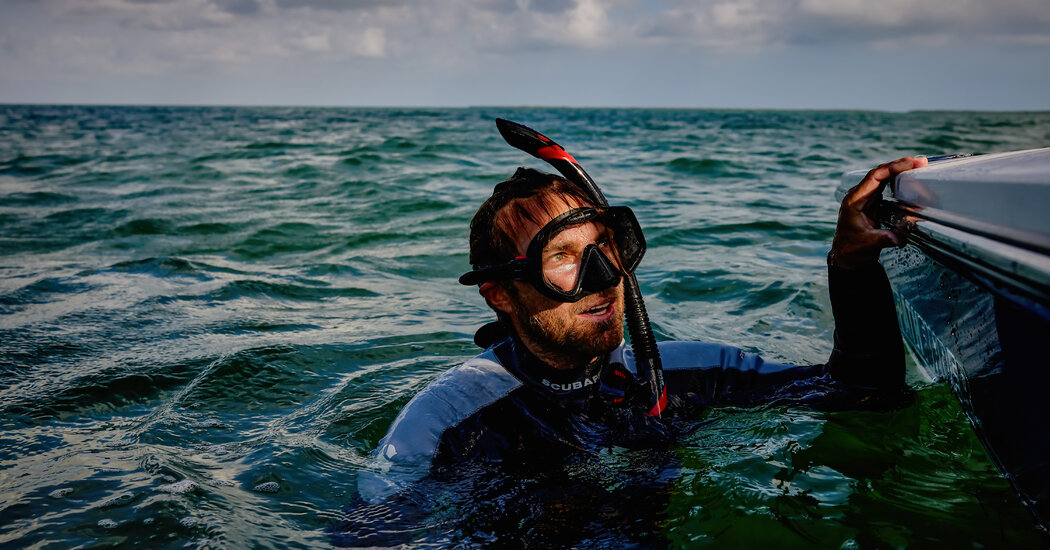First, fish off the Florida Keys starting swimming in spirals or upside down. Then, endangered sawfish started dying. Scientists are racing to figure out why.
Fishing guides in the Florida Keys began reporting unusual sightings to Ross Boucek last fall. Small bait fish, especially at night, would start spinning in tight circles in the water, seemingly in distress.
As the months went by, more reports trickled in to Dr. Boucek, a biologist with the Bonefish & Tarpon Trust, a nonprofit conservation group. Bigger fish — jacks, snook — were swimming in spirals or upside down in the shallow waters of the Atlantic Ocean and Gulf of Mexico. So were stingrays and the occasional shark.
Dr. Boucek called scientists at state agencies and universities. They held meetings, took samples of the water and fish and tried to figure out what might be causing the fish to behave so strangely. A parasite? A sewage spill? Some other contaminant?
Then, in January, the mysterious ailment began afflicting smalltooth sawfish, a type of large, prehistoric-looking ray named for the look of its snout-like rostrum lined with sharp teeth. The sawfish, which are endangered and reliably found only in southernmost Florida, started dying.
The search for answers became urgent, Dr. Boucek said, “the second an endangered species started dying off at unprecedented rates.”
